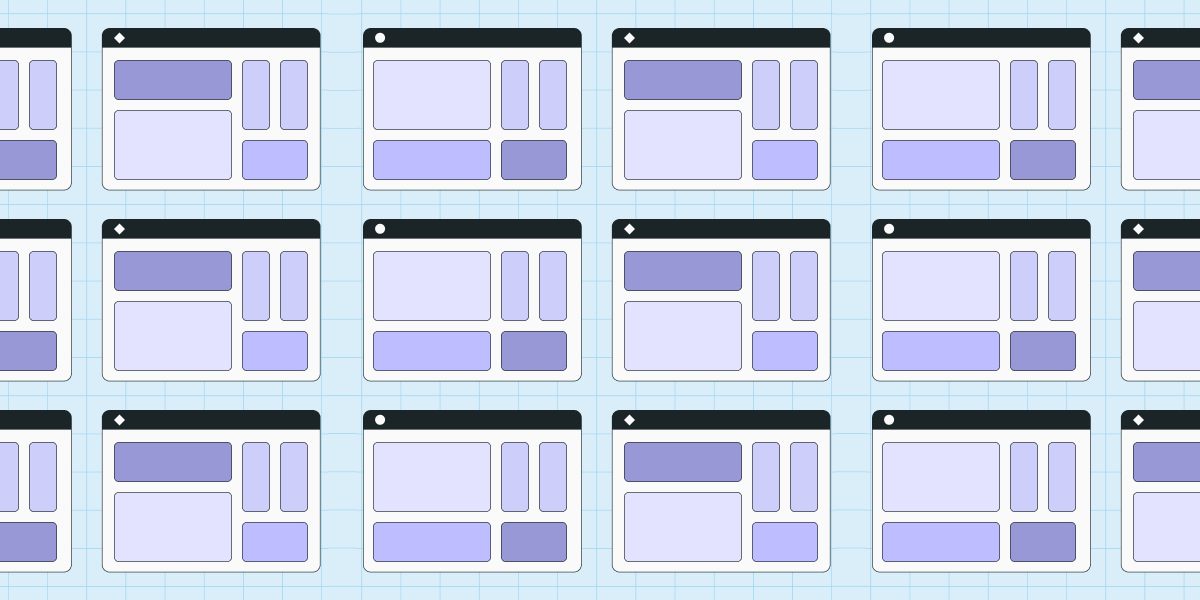
We heard you loud and clear: Experiment Templates have arrived.
When you’re running experiments at scale, experiment setup can often be time-consuming and repetitive, especially when you're running multiple tests across different features or products.
That's why we're thrilled to announce the launch of Experiment Templates on Statsig—a new tool to help standardize and accelerate your experimentation process!
What are Experiment Templates?
Experiment Templates are pre-configured blueprints for your A/B tests. They allow you to quickly set up new experiments by reusing configurations, metrics, and settings from successful past experiments. This not only saves time but also ensures consistency across your testing efforts.
With Experiment Templates, you can:
Standardize metrics: Define a set of core metrics that are automatically included in every experiment, ensuring you always measure what matters most.

Replicate success: Use the settings from your most impactful experiments as a starting point for new tests.

Collaborate efficiently: Share templates with your team to align on methodologies and accelerate onboarding for new experimenters.
How to create and use Experiment Templates
Creating a new template is simple:
Navigate to the Templates tab: Within your project settings, you'll find the option to manage your templates.

Create from scratch or templatize an existing Experiment: Start with a blank slate or convert an existing experiment into a template with just a few clicks.

Define your blueprint: Set up your metrics, feature flags, and any other configurations you want to standardize.
Save and share: Once you're happy with your template, save it and make it available to your team.
When you're ready to start a new experiment, simply select your template, and all the predefined settings will be applied, allowing you to focus on the unique aspects of your current test.
Why Experiment Templates matter
In our ongoing conversations with Statsig users, we've heard a clear need for tools that make experimentation more accessible and manageable. Whether it's through our Slack community or direct feedback, you've told us that you want to spend less time setting up and more time analyzing and learning from your experiments.
Experiment Templates are designed to help this by:
Reducing setup time: Get your experiments up and running faster, so you can iterate and learn at a quicker pace.
Improving experiment quality: By standardizing on proven configurations, you reduce the risk of errors and increase the reliability of your results.
Fostering a culture of experimentation: Make it easier for everyone on your team to propose, set up, and run experiments, democratizing the process and encouraging a data-first mindset.
Looking ahead
We can't wait to see how you'll use Experiment Templates! As always, we're here to support you, so if you have any questions or suggestions, don't hesitate to reach out.
Happy experimenting!
Get a free account







